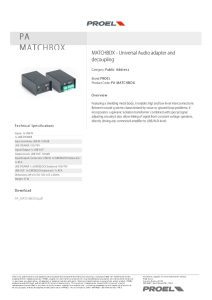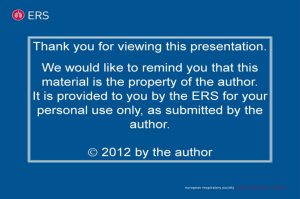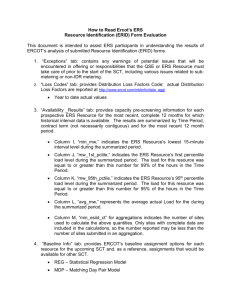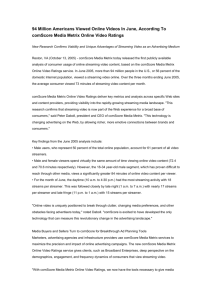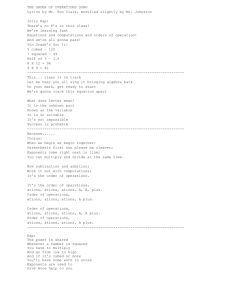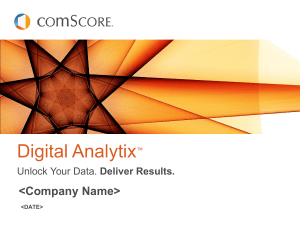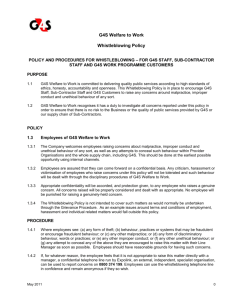data source table - National Bureau of Economic Research
advertisement
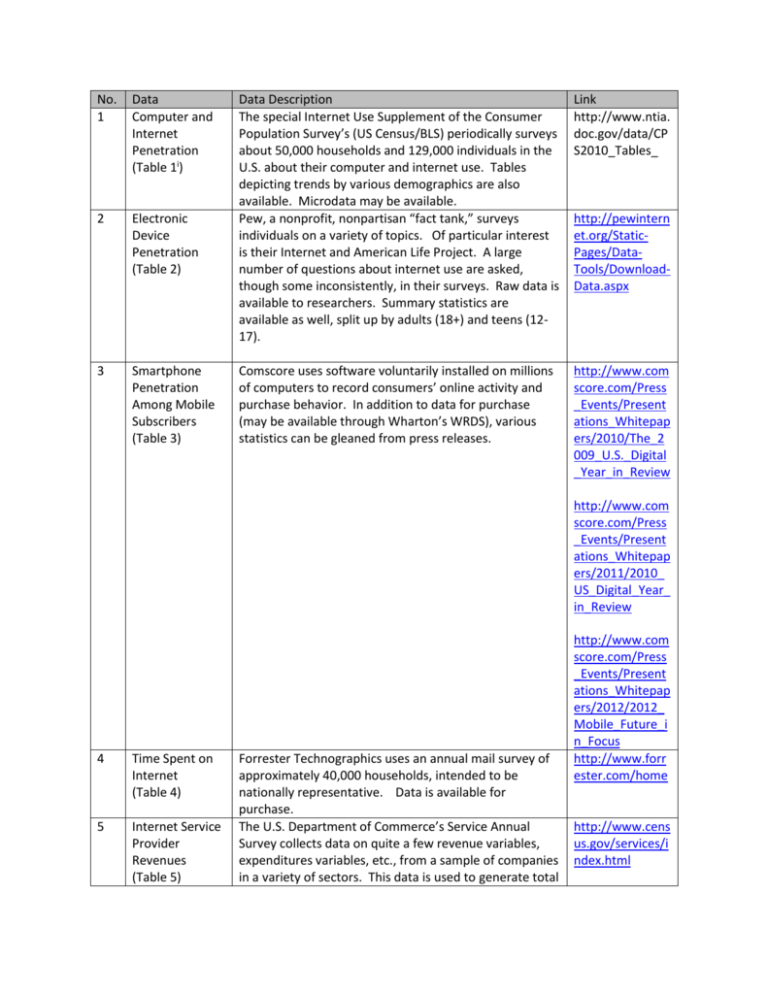
No. 1 Data Computer and Internet Penetration (Table 1i) 2 Electronic Device Penetration (Table 2) 3 Smartphone Penetration Among Mobile Subscribers (Table 3) Data Description The special Internet Use Supplement of the Consumer Population Survey’s (US Census/BLS) periodically surveys about 50,000 households and 129,000 individuals in the U.S. about their computer and internet use. Tables depicting trends by various demographics are also available. Microdata may be available. Pew, a nonprofit, nonpartisan “fact tank,” surveys individuals on a variety of topics. Of particular interest is their Internet and American Life Project. A large number of questions about internet use are asked, though some inconsistently, in their surveys. Raw data is available to researchers. Summary statistics are available as well, split up by adults (18+) and teens (1217). Link http://www.ntia. doc.gov/data/CP S2010_Tables_ Comscore uses software voluntarily installed on millions of computers to record consumers’ online activity and purchase behavior. In addition to data for purchase (may be available through Wharton’s WRDS), various statistics can be gleaned from press releases. http://www.com score.com/Press _Events/Present ations_Whitepap ers/2010/The_2 009_U.S._Digital _Year_in_Review http://pewintern et.org/StaticPages/DataTools/DownloadData.aspx http://www.com score.com/Press _Events/Present ations_Whitepap ers/2011/2010_ US_Digital_Year_ in_Review 4 Time Spent on Internet (Table 4) 5 Internet Service Provider Revenues (Table 5) Forrester Technographics uses an annual mail survey of approximately 40,000 households, intended to be nationally representative. Data is available for purchase. The U.S. Department of Commerce’s Service Annual Survey collects data on quite a few revenue variables, expenditures variables, etc., from a sample of companies in a variety of sectors. This data is used to generate total http://www.com score.com/Press _Events/Present ations_Whitepap ers/2012/2012_ Mobile_Future_i n_Focus http://www.forr ester.com/home http://www.cens us.gov/services/i ndex.html 6 7 Average Annual Expenditures on Internet Access by Consumer Units (Table 6) US Ecommerce Expenditures (Table 11) 8 The number of Internet hosts (Figure 1) 9 The number of unique visitors to selected top websites (Table 12) industry estimates. Reporting is mandatory, so the response rate is excellent. Due to the privacy concerns of companies reporting, micro data is not available. The U.S. Bureau of Labor’s Consumer Expenditure Survey consists of two surveys – the Quarterly Interview Survey and the Diary Survey. Respondents report their buying habits and expenditures, as well as demographic variables. Micro data is available. See the description for Comscore.com in 3. The Internet Systems Consortium Domain Survey reports discovered website hosts (proxy for websites). The free data reports total worldwide hosts. Disaggregated data is available for purchase. See the description for Comscore.com in 3. http://www.bls.g ov/cex/ http://ir.comscor e.com/releasede tail.cfm?ReleaseI D=244657 http://ir.comscor e.com/releasede tail.cfm?ReleaseI D=244666 http://www.com score.com/fre/Pr ess_Events/Press _Releases/2007/ 01/ECommerce_Figur es_2006 http://www.com score.com/Press _Events/Present ations_Whitepap ers/2010/The_2 009_U.S._Digital _Year_in_Review http://www.com score.com/Press _Events/Present ations_Whitepap ers/2011/2010_ US_Digital_Year_ in_Review http://www.isc.o rg/solutions/surv ey http://ir.comscor e.com/releasede tail.cfm?ReleaseI D=244666 http://www.com score.com/Press _Events/Press_R 10 The number of newspapers and total daily circulations (Figure 2) The Newspaper Circulation Volume Data in from Editor and Publisher Yearbook’s provides newspaper count, circulation, and expenditures for members of the Newspaper Association of America (believed to be most newspapers operating in the U.S.). 11 Internet advertising revenues (Table 13) The IAB, an advertising business organization, comprised of many members responsible for selling 86% of online advertising in the U.S., reports their estimates of total internet advertising revenues in the U.S. yearly. 12 Employment Statistics for IT The Statistics of U.S. Businesses provides information on number firms and employment by firm size, geographic eleases/2006/01 /2005_ECommerce_Figur es http://www.com score.com/esl/Pr ess_Events/Press _Releases/2008/ 01/Top_50_US_ Web_Sites http://www.com score.com/Press _Events/Press_R eleases/2007/02 /Top_US_Online _Properties http://www.com score.com/esl/Pr ess_Events/Press _Releases/2008/ 01/Top_50_US_ Web_Sites http://www.com score.com/Press _Events/Press_R eleases/2011/1/ comScore_Medi a_Metrix_Ranks _Top_50_U.S._ Web_Properties _for_December_ 2010 http://www.naa. org/Trends-andNumbers/Circula tion/NewspaperCirculationVolume.aspx http://www.iab. net/insights_res earch/industry_d ata_and_landsca pe/adrevenuere port http://www.cens us.gov/econ/sus 13 14 i industries (Table 14) Trend in Keyword Search Frequencies (Figure 5) Frequency of Words in Books (Figure 6) region, and industry. b/ Google Trends reports the trends in frequency of search terms on Google. The site allows one to quickly compare frequency across words over time. However, the relative frequency data appear to be rounded when comparing multiple words. This rounding precludes direct comparison between words occurring at very different frequencies. Google Ngrams reports the frequency at which words and phrases are used in books by publication year dating far back in time, elucidating trends. The website allows quick comparisons over time across a few words. The underlying data is downloadable, though the files are quite large. http://www.goo gle.com/trends/ http://books.goo gle.com/ngrams/ The table numbers refer to the tables in the accompanying paper by B. Shiller, “The Internet and the Economy – An Overview”
